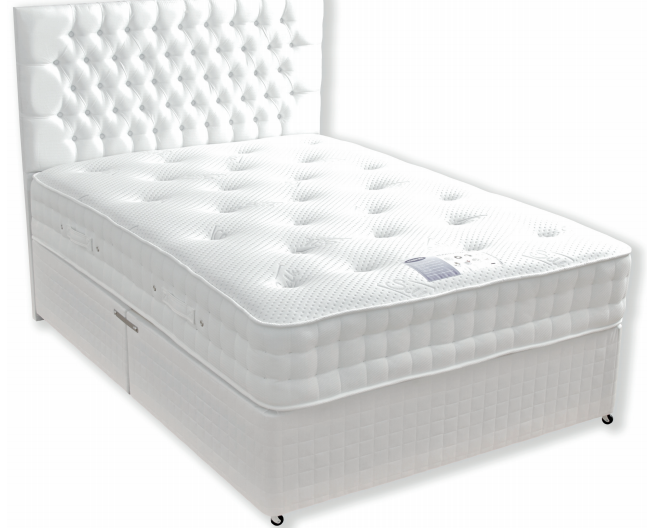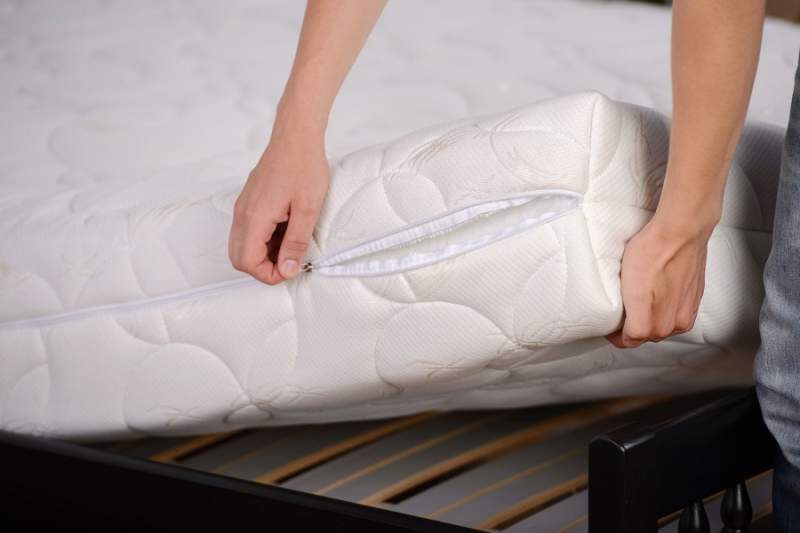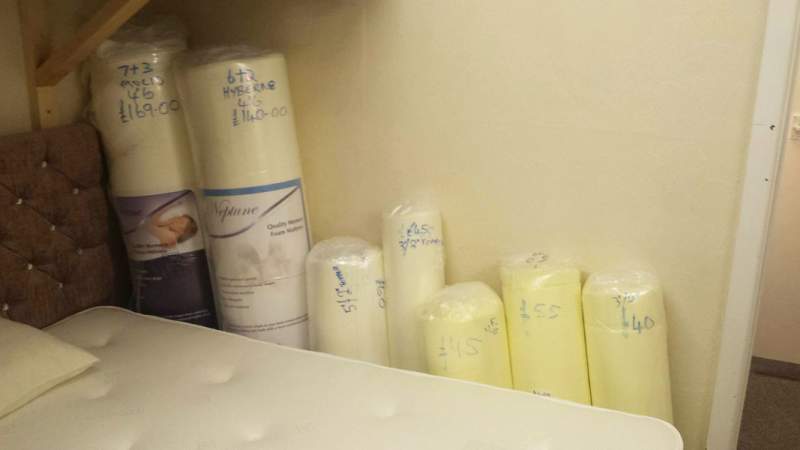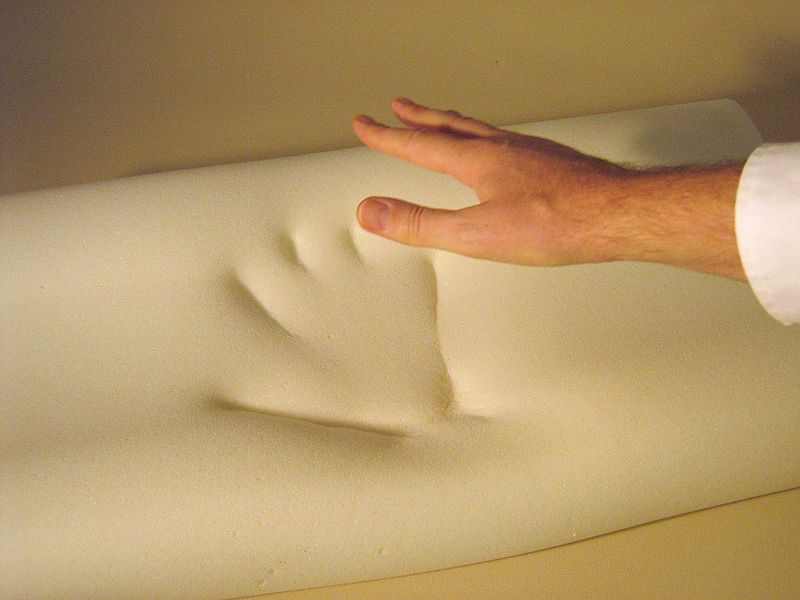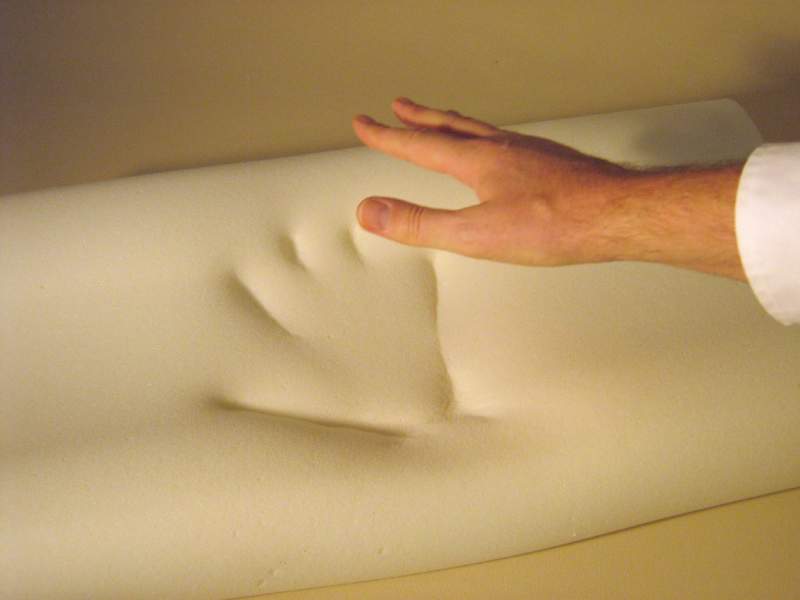What are the best sleep positions? Everyone is an individual and we all have our own preferences some for health reasons some may because of the environment. Some people don’t like facing the window only because the early morning light shining in your face as this means it’s time to get out of my warm […]
Author Archives: Bobby
Caring for your mattress is to ensure support. … Use a mattress protector a liquid resistant mattress protector if possible Clean your mattress regularly. … Rotate to even out wear over time. … Take care when moving your mattress. … Understand the mattress warranty please read our terms and conditions How to Clean your Mattress […]
Caring for your mattress is important to ensure you get continued, reliable support from it and a good nights sleep! Use a mattress protector a liquid resistant mattress protector if possible Clean your mattress regularly Rotate to even out wear over time Take care when moving your mattress Understand the mattress warranty please read our […]
Did you know that you have bed bugs in your bed? Yes, it’s true….
BF Beds are pleased to announce a new range of vacuum packed solid memory foam mattresses. Unlike our current range which are almost all spring based we are pleased to now offer this alternative range of solid foam mattresses. Here are some of the different types of foam included in the range: COOL MARBLE FOAM A […]
What does rocket science and bedding have in common? More than you would think actually! If you are in the market for a new bed or mattress then the chances are you have heard the term ‘memory foam’ thrown around more than once. But what actually is Memory foam? Where did it come from and […]
If you are reading this article it’s safe to assume that you are in the market for a new mattress, right? You have probably shopping around and chances are if you don’t know a lot about mattresses then you may be finding yourself a bit bewildered by all of the options out there. Memory Foam, […]
The Middle Ages Rather inevitably, dream theory revolved around strong religious influences. Under the grip of the church; they were seen to be the work of the devil which served to lead its dreamer into temptation through sleep. Dreams were seen to also be an indicator of the person’s moral status. Those who had dreams […]
Ancient Rome The theories outlined by the Greeks were adopted too in Rome, but used as means in which to keep order amongst its citizens. It is said that Augustus Caesar made it law that those who had a dream about the Roman Empire should share it with their friends and at social places, such […]
Aristotle His protégée’, Aristotle also rejected the idea of dreams being sent by gods and that dreaming was to do with the brain’s capacity to perceive and remember objects. He said that while awake, a human mind can see an object and then remember what it looked like afterwards. During sleep this ability disappears, causing […]
- 1
- 2

